When you setup a Multi RS Solar with ESS set to "Optimized with Battery Life" and the Minimum SOC is set to 51%, is this supposed to limit the battery discharge to a minimum of 51%? Reason I ask is that I checked my system this morning and the batteries had discharged to 33%. My concern is that although the grid started charging the batteries, I have no idea how low my batteries would have dropped to (No History on SOC). Is this a fault with the setup or the algorithm?
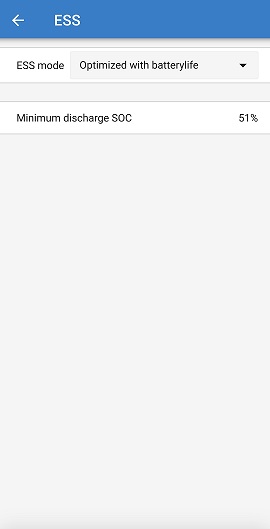
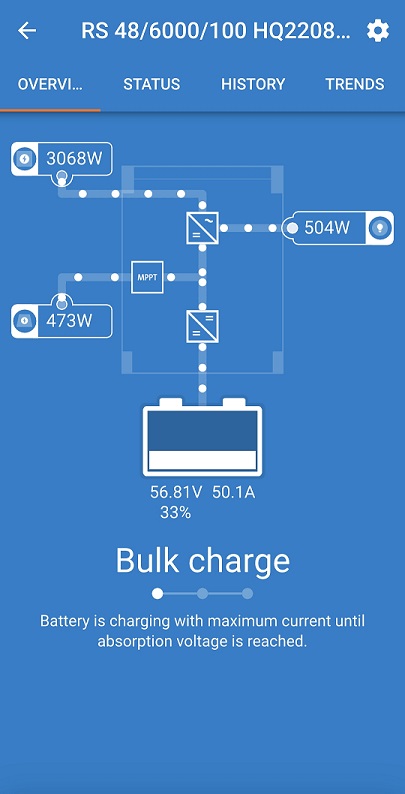

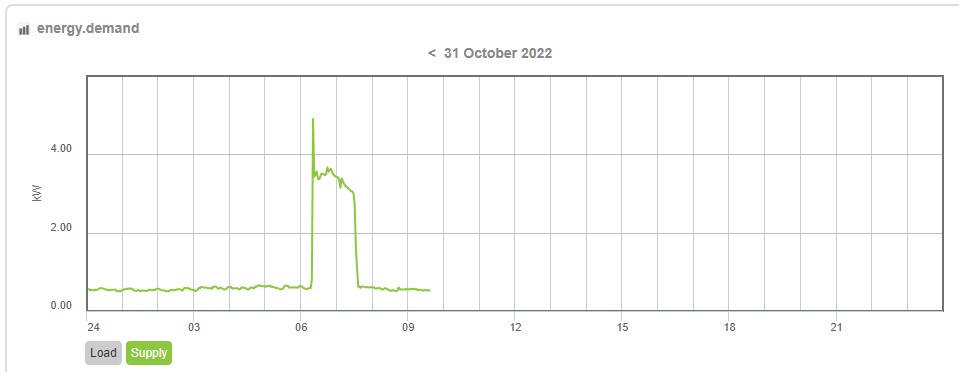
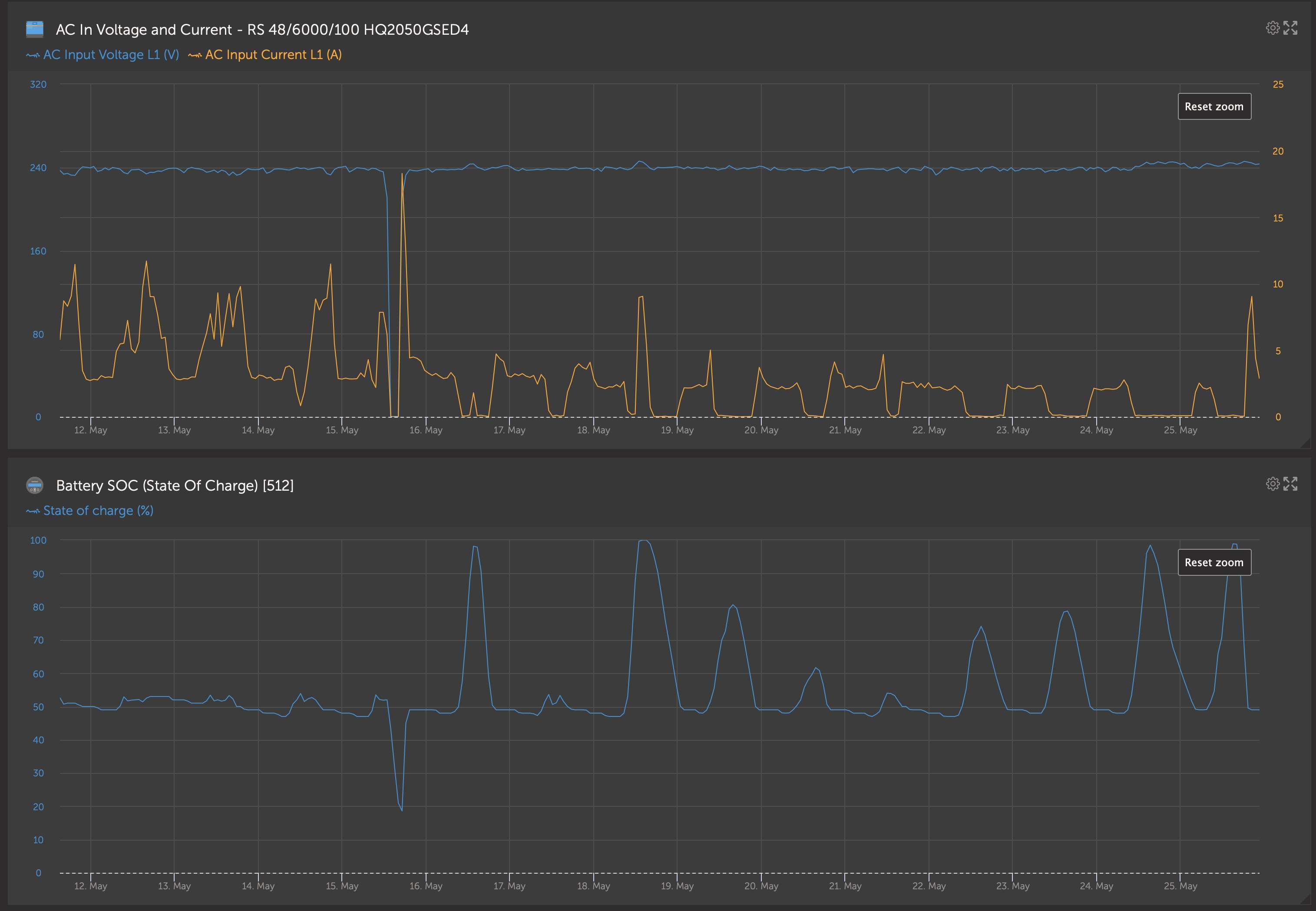
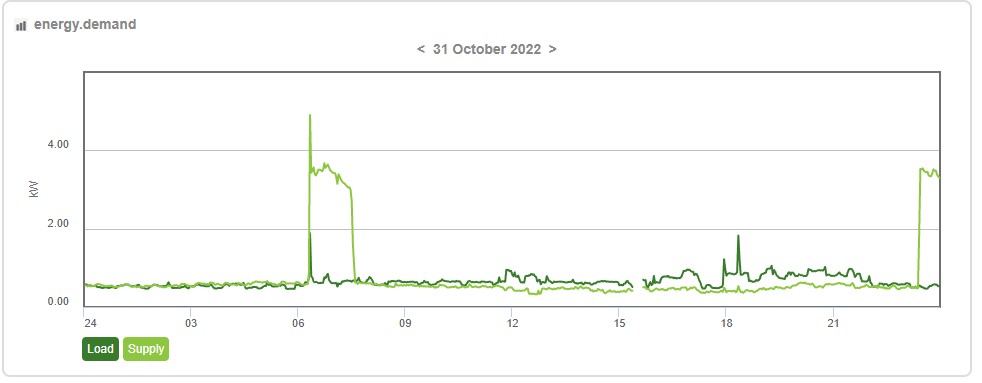
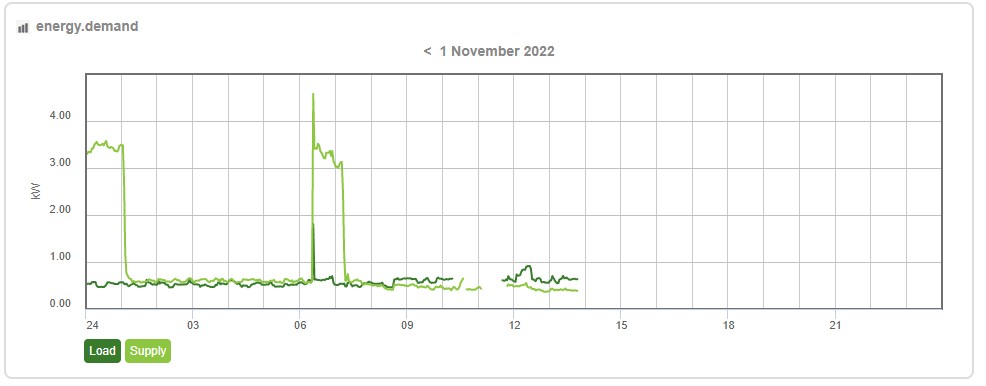
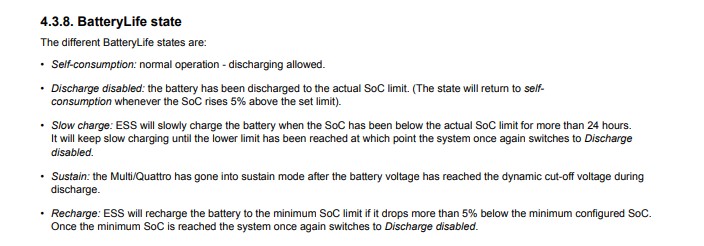


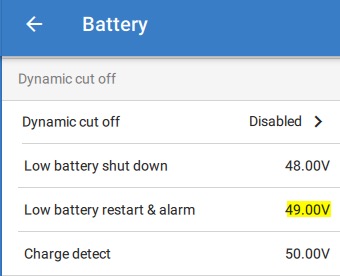 Hi
Hi 